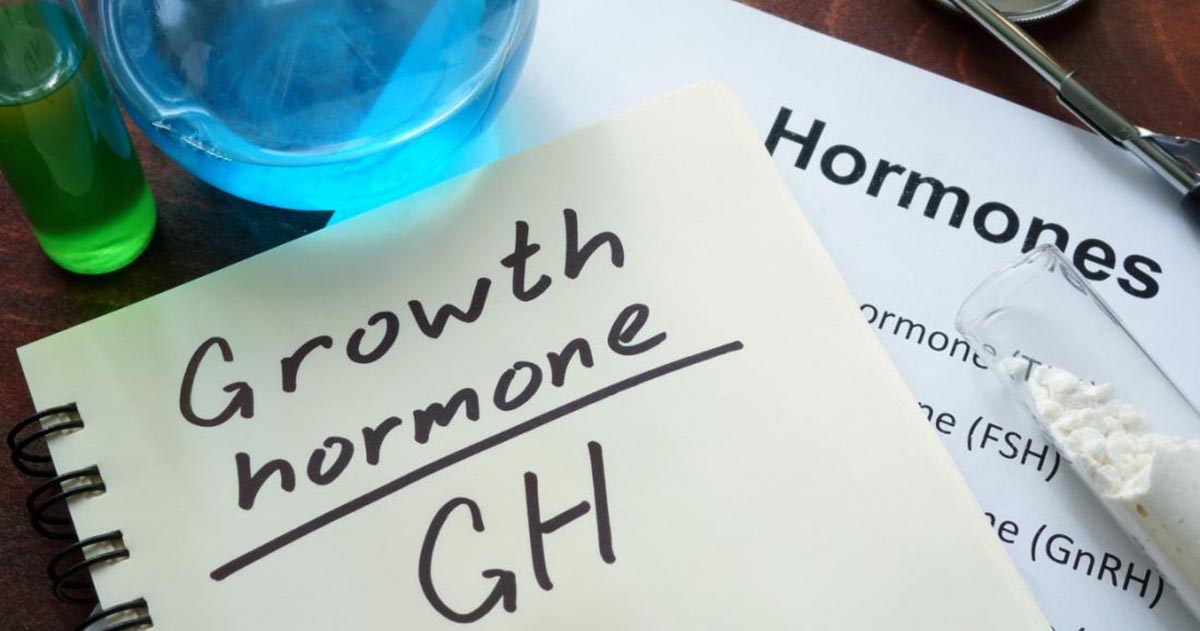What Are The Pituitary Gland Hormones?
Growth Hormone
Growth hormone acts on numerous parts of an individual's body to promote growth during their childhood years. It is responsible for increasing an individual's height until the bone growth plates or epiphysis fuse. Growth hormone in the adult body is responsible for maintaining metabolism and normal body structure, including managing the range of the individual's blood glucose. The release of growth hormone from the pituitary gland is not a continuous process. This hormone is released in pulses or boluses every three to five hours and is controlled by the hypothalamus. The hypothalamus controls the pituitary release of growth hormone with hormones that include growth hormone-releasing hormone and somatostatin, which release growth hormone and then stop that release. Low glucose, sleep, exercise, and stress are factors known to increase the levels of growth hormone in an individual's body.
Uncover more details on pituitary gland hormones now.
Endorphins

Endorphins are a large group of peptides produced by the pituitary gland and central nervous system that boost pleasure and reduce pain. Endorphins are considered neurotransmitters, which means they transmit signals from one neuron to another. The pituitary gland produces endorphins used in the peripheral nervous system to bind to μ-receptor, which stops neurotransmitter substance P from communicating signals of pain. Endorphins produced by the central nervous system work in the same way, but they inhibit the production of a different neurotransmitter called gamma-aminobutyric acid from communicating signals of pain. Currently, twenty different types of endorphins have been identified. The pituitary gland releases endorphins into the body when an individual feels pain, stress, eats, and exercises. Not every role of endorphins in the body is understood, but we do know endorphins are critical for pain management and the amplification of pleasure.
Discover additional pituitary gland hormones now.
